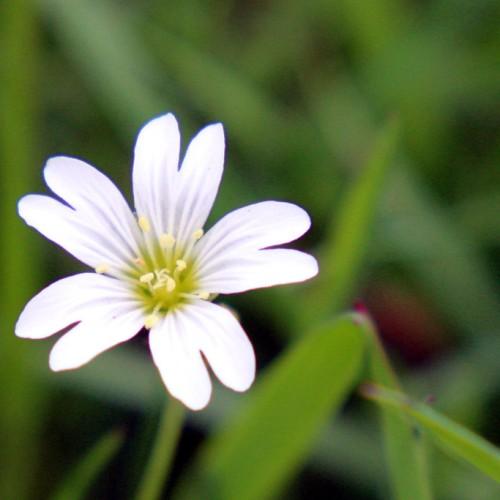
Mountain Mouse-Ear Chickweed
Cerastium fontanum subsp. fontanum
Watering:
Average
Hardiness Zone:
Flowers:
Flowers
Sun:
full sun,part shade
Leaf:
Yes
Growth Rate:
Low
Drought Tolerant:
Yes
Salt Tolerant:
Yes
Invasive:
Yes
Care Level:
Easy
watering
Fischer's Chickweed (Cerastium fischerianum) should be watered about once every week to 10 days, depending on the air temperature and soil conditions. A soil moisture probe or meter may help you to determine when the soil is nearing dryness. Water deeply and thoroughly, allowing the excess to drain away freely. In hotter weather, the plant may need to be watered more frequently. It is better to water less frequently but deeply, to promote healthy root growth, than to lightly water more frequently.
sunlight
This species of chickweed needs full sun to part shade and requires 2-4 hours of direct sunlight each day. Too much sun can scorch the plant and cause it to dry out, so its best to locate it in a spot that is shaded during the hottest parts of day. It can withstand drought, so you don't need to worry about providing extra water during periods of low rainfall.
pruning
Fischer's Chickweed should be pruned once a year, in the late spring or early summer. Pruning should be performed lightly, and only a few inches of the plant should be removed. This helps to encourage new healthy sprigs and blooms. Additionally, it's important to remove any dead or diseased branches and to keep the shape of the shrub clean and neat.
